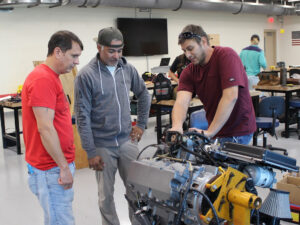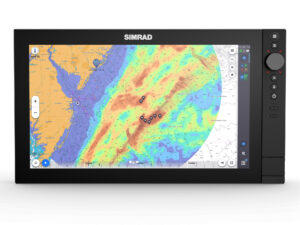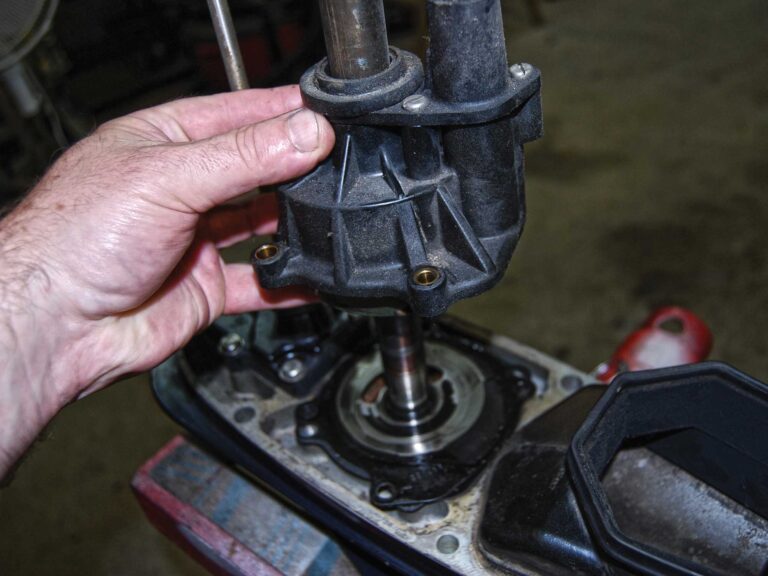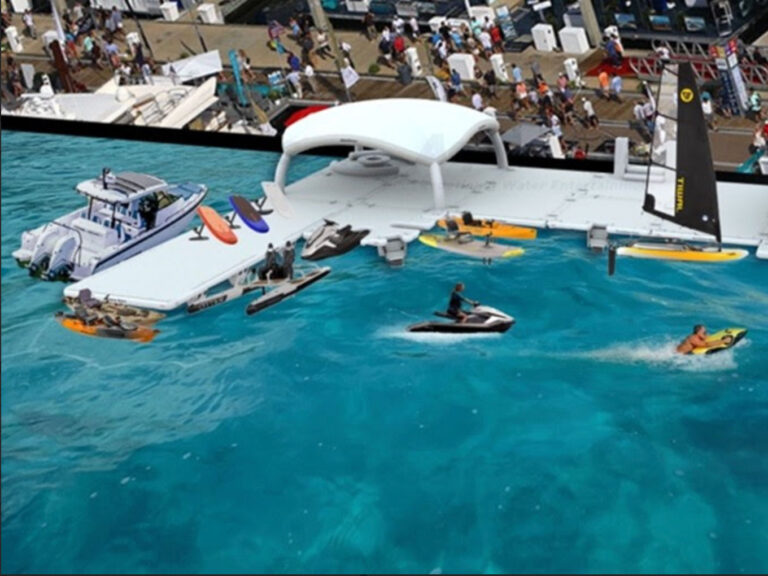
The language of an activity provides a reliable indicator to that enterprise’s complexity and potential for both expression and learning by its participants. The vocabulary for using a shovel consists of the single word “dig.” Playing the oboe requires myriad vernacular, from addorato to Zwischenspiel.
Boating proves more musical than menial.
Since starting at the beginning usually makes sense, let us begin with the letter A. Most of us know the terms adrift and afloat, and an equally large number understand the word aground. Many of us understand abaft (just behind; abutting behind) and athwartships (across the beam of the boat). Fewer of us, I’m sure, would profess familiarity with some of the terms used to describe the finer points of executing one of boating’s most common and most important tasks. I’m referring, of course, to anchoring.
Still sticking with just the first letter of the alphabet, we find in reference tomes such as Treatise on Ships’ Anchors by George Cotsell that there exists a plethora of terms, thus indicating the high level of thought and technique boaters can apply to anchoring, as well as the innumerable combinations of wind, water and bottom composition in which boaters might find themselves anchoring. To wit:
A-Cockbill: The state of the anchor hanging, or being held, at the ready, prior to dropping it. A skipper might say to crew working forward: “Hold the anchor a-cockbill until I tell you to drop it.”
A-Stay: The state wherein the anchor rode is at an acute angle to the water’s surface. Crew on the bow might advise the skipper reversing (moving a-stern) on the rode that the anchor is nicely a-stay.
A-Peak: The state when the anchor rode is near to vertical when hauling in the rode. A bowman might advise his skipper: “Shift to neutral, the anchor’s a-peak.”
A-Trip: The state of the anchor at the moment it breaks free from the bottom. To a skipper powering forward against the rode, a bowman might inform that the anchor’s a-trip, indicating that hauling can begin upon the skipper’s call.
A-Weigh: The act of hauling up the anchor. “Anchor’s a-weigh! It’s time to go.”
Read Next: More All Aboard Boats Posts
The multitude of terms applied to just one process results from the need to think in detail about every step of the process to ensure success — or, at least, judge what’s not working at a given time. The breaking down of complex processes into smaller, more manageable steps makes things easier for all concerned. Labeling such steps makes it easier still, because naming things allows them to be discussed. It also reflects the thought and concern required for a job well done.









